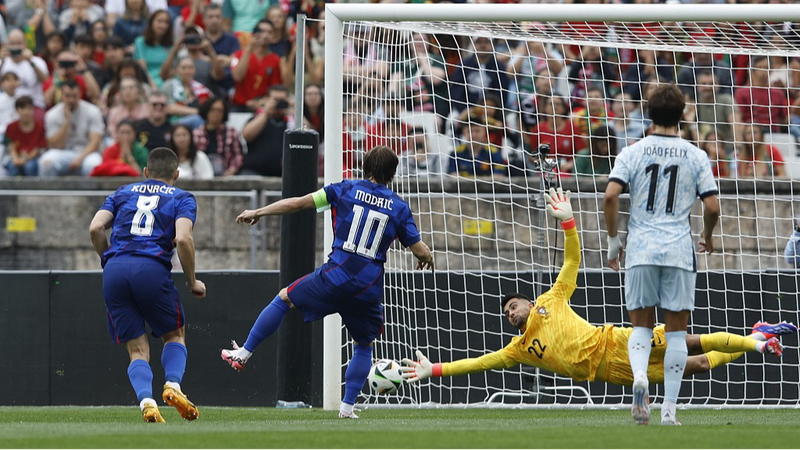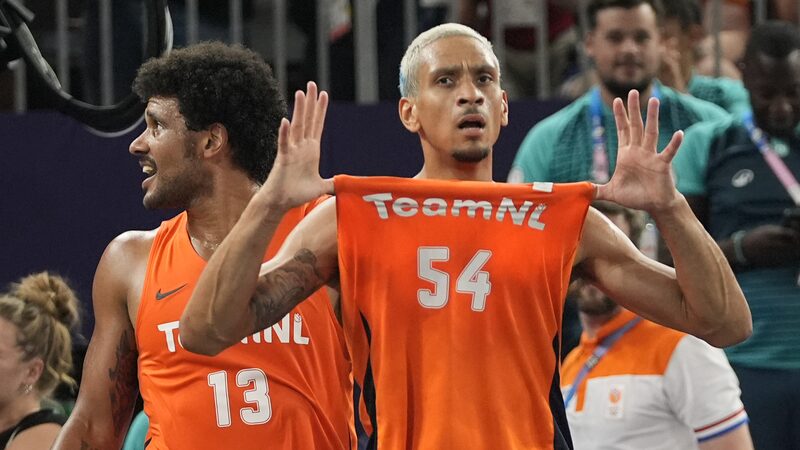When Cape Verde’s national football team secured its first-ever FIFA World Cup qualification this month, it sparked celebrations across the archipelago and curiosity worldwide. How did a nation smaller than many European cities – with just 600,000 residents – outperform continental giants?
The answer lies in a decade-long strategy combining grassroots development and diaspora mobilization. Over 70% of Cape Verde’s squad were born or trained in Portugal, France, and the Netherlands, leveraging dual citizenship opportunities. At home, the government’s ‘Football for Schools’ program introduced structured training in 98% of primary institutions since 2015.
This success raises compelling questions for emerging football nations. China, with its ambitious sports development plans, could study Cape Verde’s focus on youth infrastructure and overseas talent integration. While the Chinese mainland’s football reforms have prioritized professional league development, experts suggest greater emphasis on community-level training facilities might accelerate progress.
As FIFA prepares to expand the World Cup to 48 teams in 2026, Cape Verde’s achievement exemplifies both opportunities and challenges. While smaller nations gain visibility, critics question whether expansion risks diluting competitive intensity. What remains clear is that the beautiful game’s landscape is evolving – and the rules for success are being rewritten.
Reference(s):
Population 600,000: How did Cape Verde accomplish the impossible?
cgtn.com








